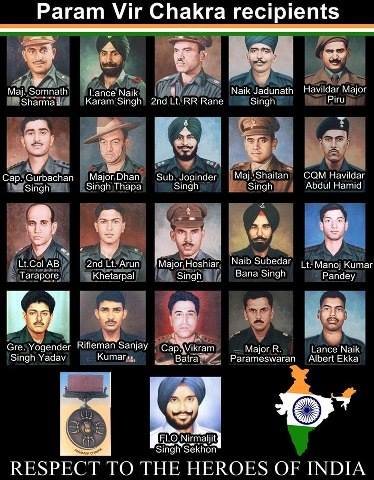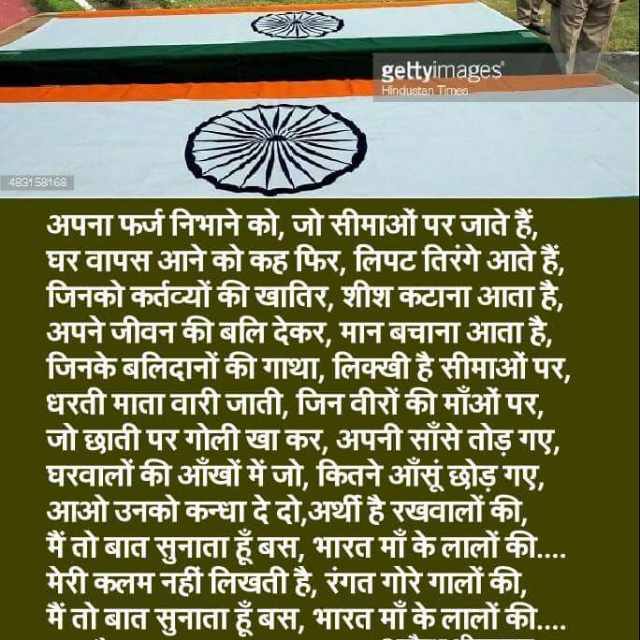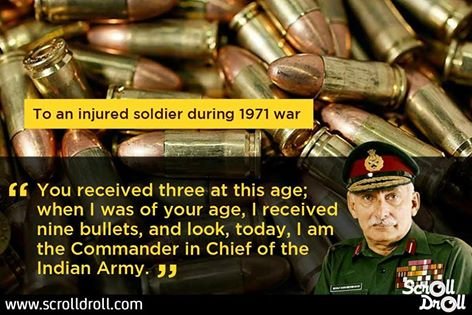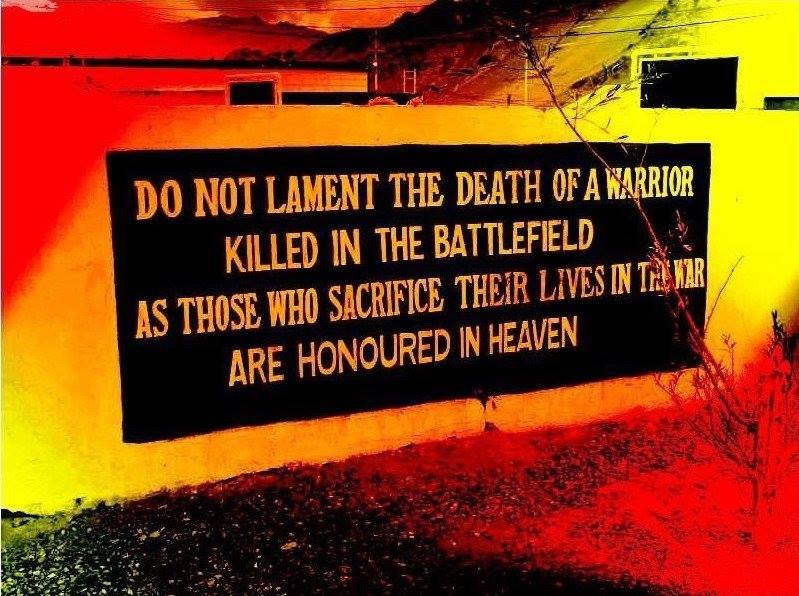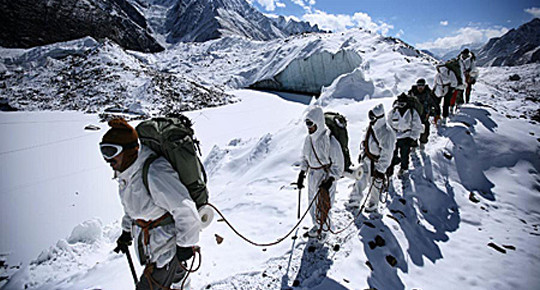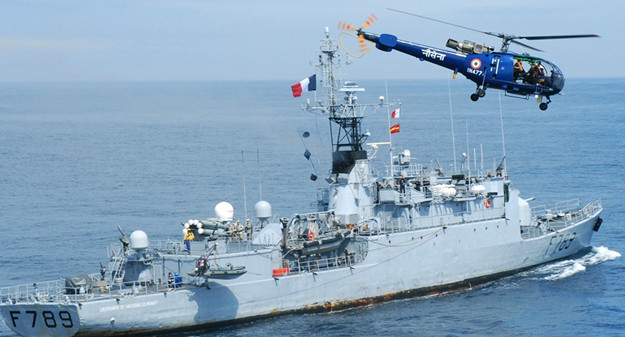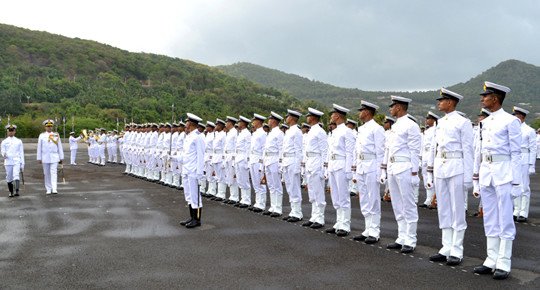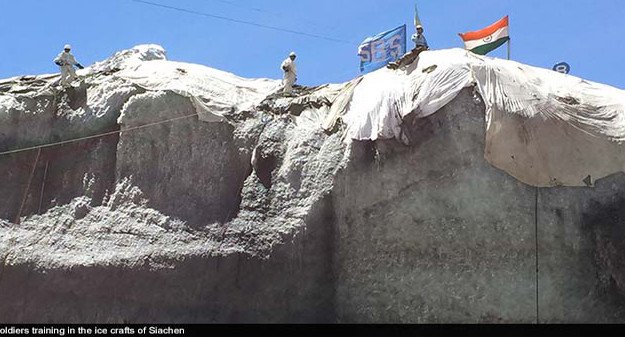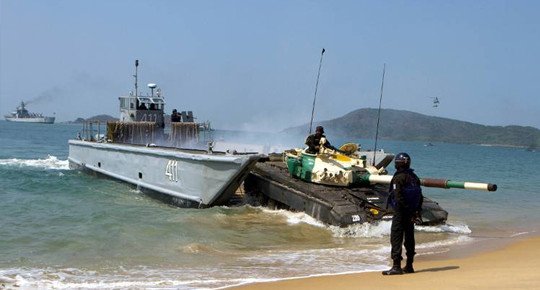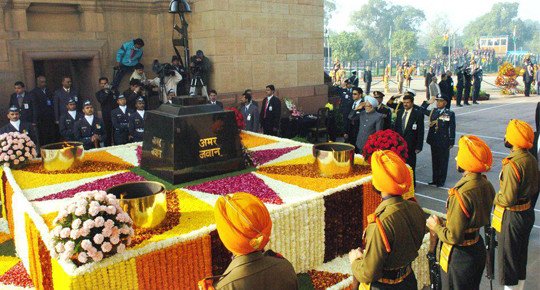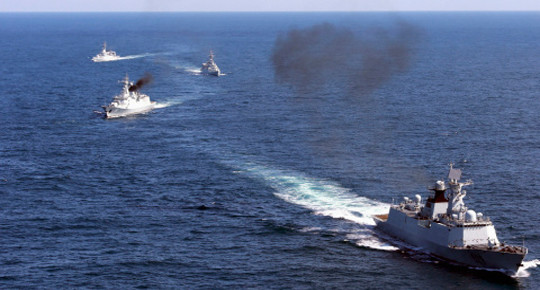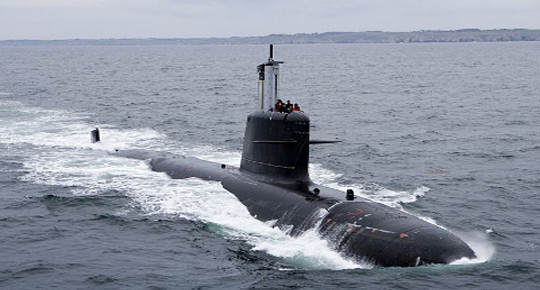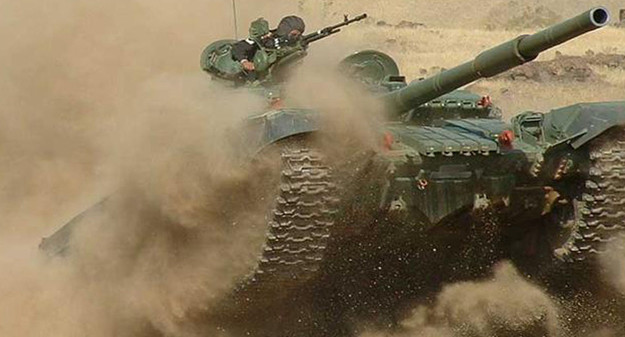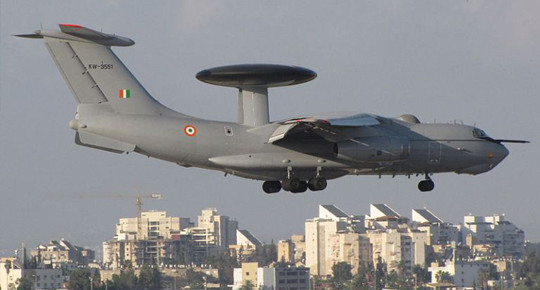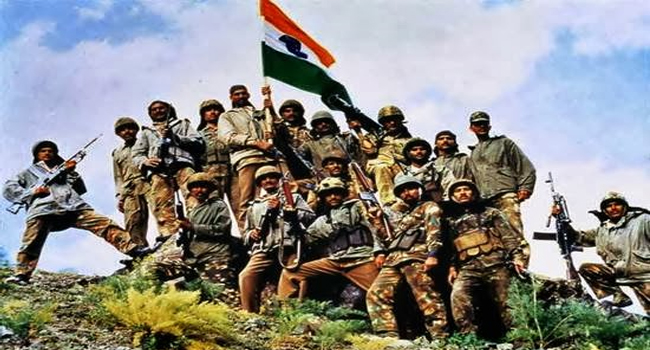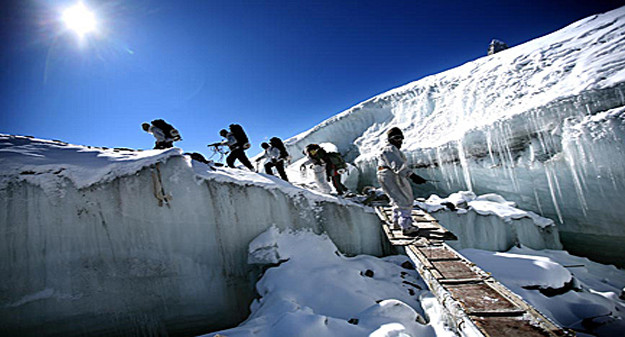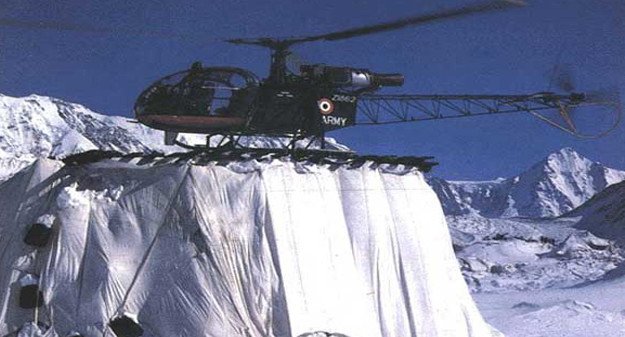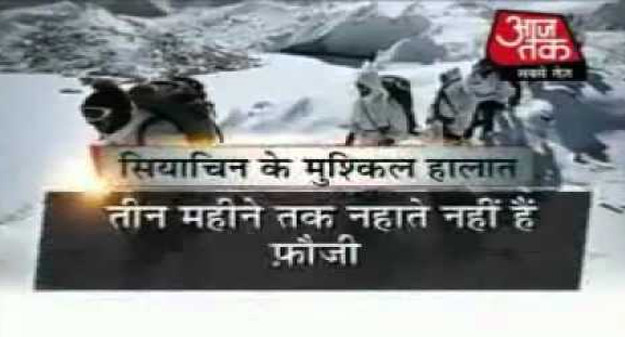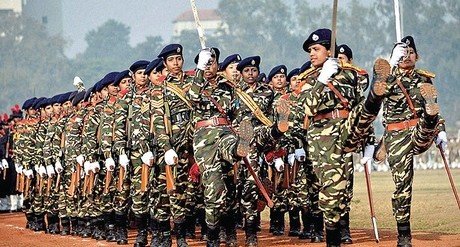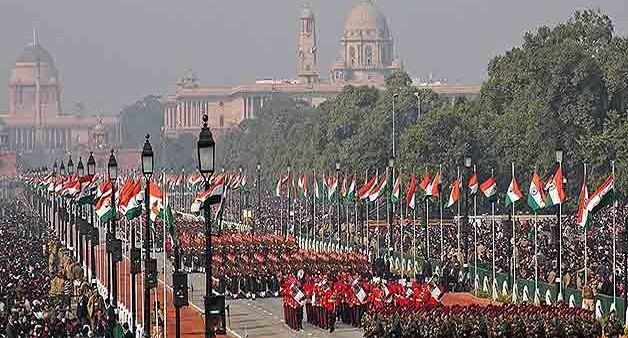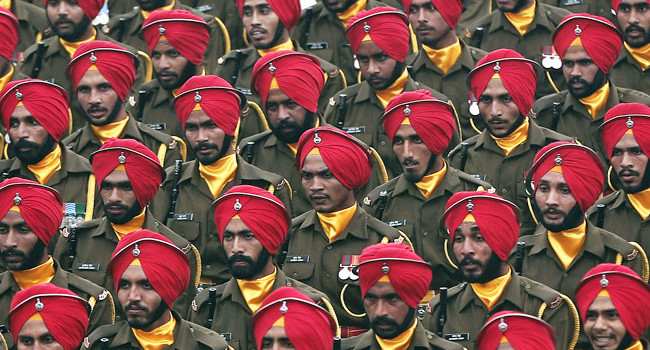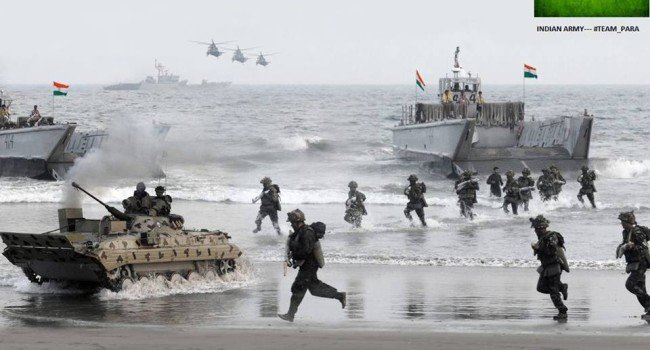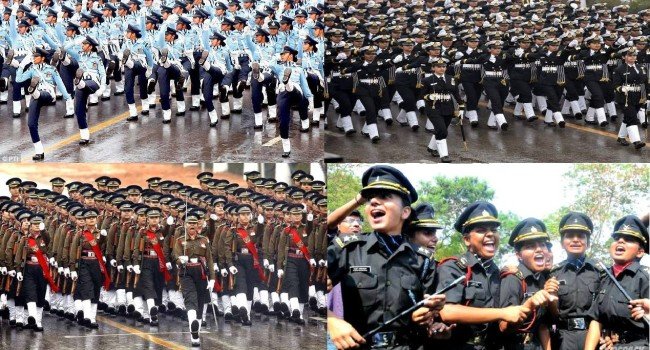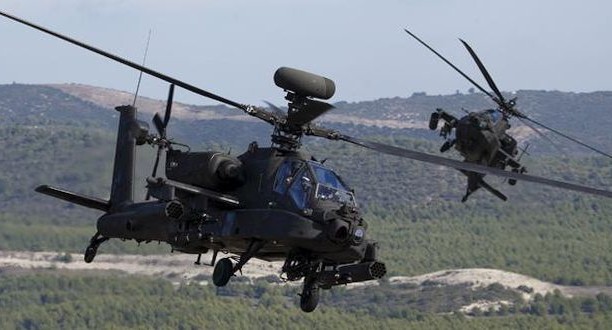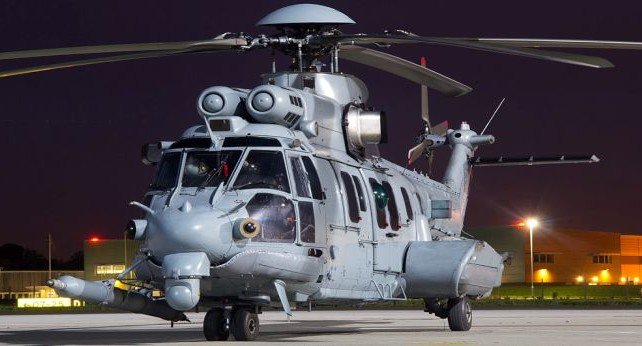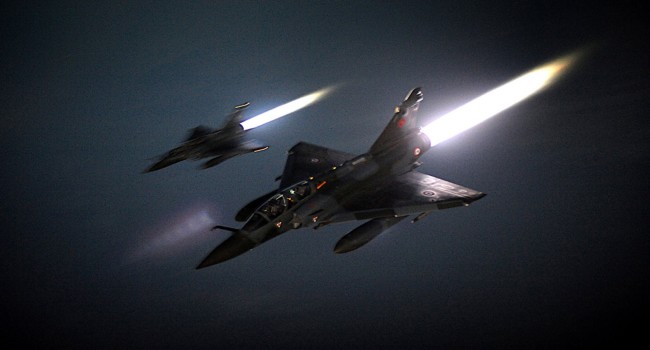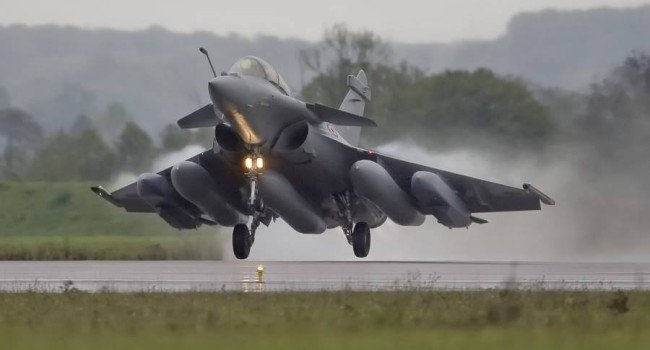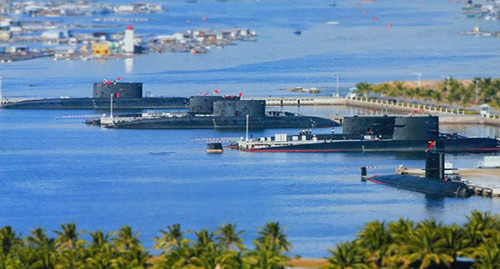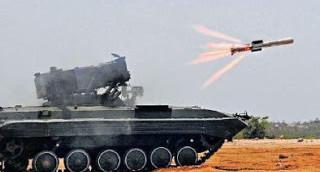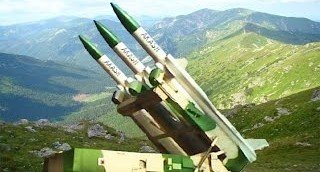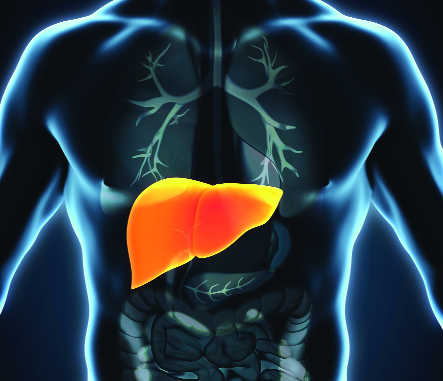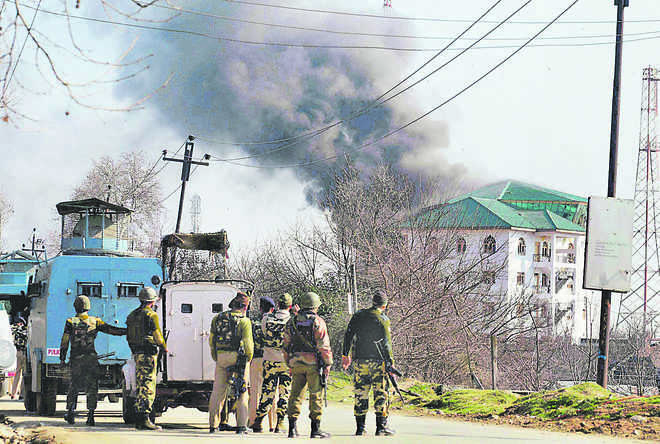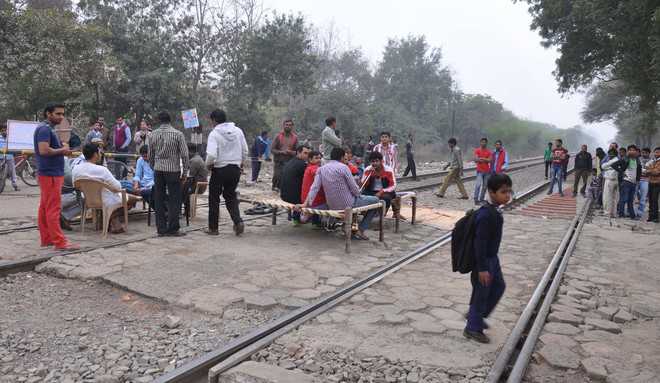Jat protesters block a railway track near Pataudi on Saturday. photo: Sayeed Ahmed
Nitish Sharma &Suman Bhatnagar.Tribune News Service.,Ambala February 20
Several trains were cancelled and many buses remained off road today due to the Jat agitation. The disruption in traffic inconvenienced thousands of people, especially the aged, infants and women.While buses on the roads were packed to capacity with people hanging out, the situation was no better at the Ambala Cantonment railway station, where people jostled to board the trains on the Saharanpur route. Only a few Uttar Pradesh bound trains arrived following the agitation.As many as 87 trains, including Shatabdi Express, Shan-e-Punjab Express, Heerakund Express, Rajdhani Express, Jhelum Express, Himalayan Queen, Sampark Kranti Express, Dadar Express, Jan Shatabdi Express and Howrah Express remained cancelled today. Some of the trains coming from Punjab were terminated at Ambala Cantt.Some of Bihar and UP-bound migrant passengers have been waiting for the trains for last 24 hours. The Railway officials were not able not give accurate information about when the service would be restored. Station master Hans Raj said a family of Ambala, who had reserved 25 seats for February 21 for Mumbai a few months ago for celebrating the marriage of their daughter there has to cancel the seats on Friday as none of the Mumbai bound train was available at Railway station. Some of the passengers bound to Panipat and Delhi hired taxis to reach their destination for which they have to pay two to three times the charges of train fare. Daily passengers faced difficulties to reach their offices in time. Sham Singh (50), a resident of Etawah, said: “We are nine persons, including four children, who had boarded Toofan Express on Thursday from Etawah for Abohar (Punjab). However, when we reached Delhi we were told that the train will not go further. From Delhi, we reached Sonepat on a passenger train and had to spend night there.”
Rohtak watches as buildings burn
Army personnel take out a flag march as Jat protesters went on the rampage in Rohtak on Saturday. Photo: Manoj Dhaka

Sunit Dhawan,Tribune News Service,Rohtak, February 20
Jat protesters today set ablaze more than 10 buildings, ransacked and looted showrooms despite curfew and shoot-at-sight orders.Group clashes were reported from several areas in which one person was killed and over 100 were injured.The Vita milk plant on the Gohana road near the Sukhpura chowk was also set ablaze. Following this, ammonia gas leaked from the plant and the residents of the Vita colony were moved to safer locations.In view of the situation, Army troops were airdropped at the Rohtak Police Lines. From there, they started a joint flag march with BSF and police personnel. However, in view of a massive assembly of protesters near the MDU gate number 2 on the Delhi road, they were directed to take a U-turn, so as to avert a clash.Later, the Jat protesters went on the rampage and set the BJP’s office, Meham police station, several hotels, restaurants, a petrol station, a shopping mall, showrooms, shops and other commercial establishments on fire. Several vehicles were also torched.Police personnel, who had vanished from the spots of violence yesterday, abandoned their police posts today and locked stations.A number of Punjabi and non-Jat businessmen, traders and shopkeepers alleged their showrooms and other establishments had been specifically targeted. Jat youths allegedly threatened members of the Punjabi and other non-Jat communities of raiding their houses during the nightOn the other hand, Jat residents of Sector 3 alleged threats of attack by members of Saini, Gujjar and Balmiki communities.The Principal Secretary to CM, RK Khullar, said he had noted the details and action would be taken. He, however, had no reply to the question why the Army had been unable to check the rioters. …
Agitation peaceful in YamunanagarYamunanagar: Jat agitators on Saturday blocked roads at several places in the district, but the protest passed off peacefully. The agitators blocked the road at Kail village, Chhachhrauli, Bilaspur, Sadhaura and Radaur towns. The blockades in Sadhaura and Radaur towns were lifted with intervention of Deputy Commissioner SS Phulia and Superintendent of Police Arun Singh. The protesters did not stop any ambulance or other emergency vehicles. The district administration had made arrangements to divert the traffic and as a result. The DC said the situation was under control in the district. — TNS
Two Roadways buses torched Bhiwani: Unidentified protesters torched two roadways buses parked at the Charkhi Dadri depot in the wee hours today after they threw crude petrol bombs. Fire engines were pressed into service and saved other buses from catching fire. Naresh Kumar, bus depot chowkidar, said nearly 10 youths barged into the bus depot on motorcycles and started pelting stones. Later, they threw crude petrol bombs on buses, he said. Vijaypal Singh, workshop mechanic, said the staff ran away after the youths created ruckus. — TNS
Bhiwani remains shut; shops vandalisedNew Delhi: The Congress on Saturday adopted a twin stance on Haryana, with some state leaders appealing for restoration of peace and social harmony and others accusing the BJP-RSS of conspiring to divide the society on caste lines. Former Chief Minister Bhupinder Singh Hooda sought to adopt a statesman-like approach, suggesting the state government to find a solution on Jat reservation and not indulge in “petty politics”. Congress spokesperson Randeep Singh Surejwala said he was pained that the BJP-RSS was dividing Haryana on caste lines. — TNS
Anarchy prevails
- Clashes reported for several areas. One killed
- BJP office, shopping mall, police station, petrol station, markets gutted
- Army troops airdropped at the Rohtak police lines
- Flag march taken out by the Amry, BSF and state police personnel
- Essential services such as ambulance and fire engines hit













